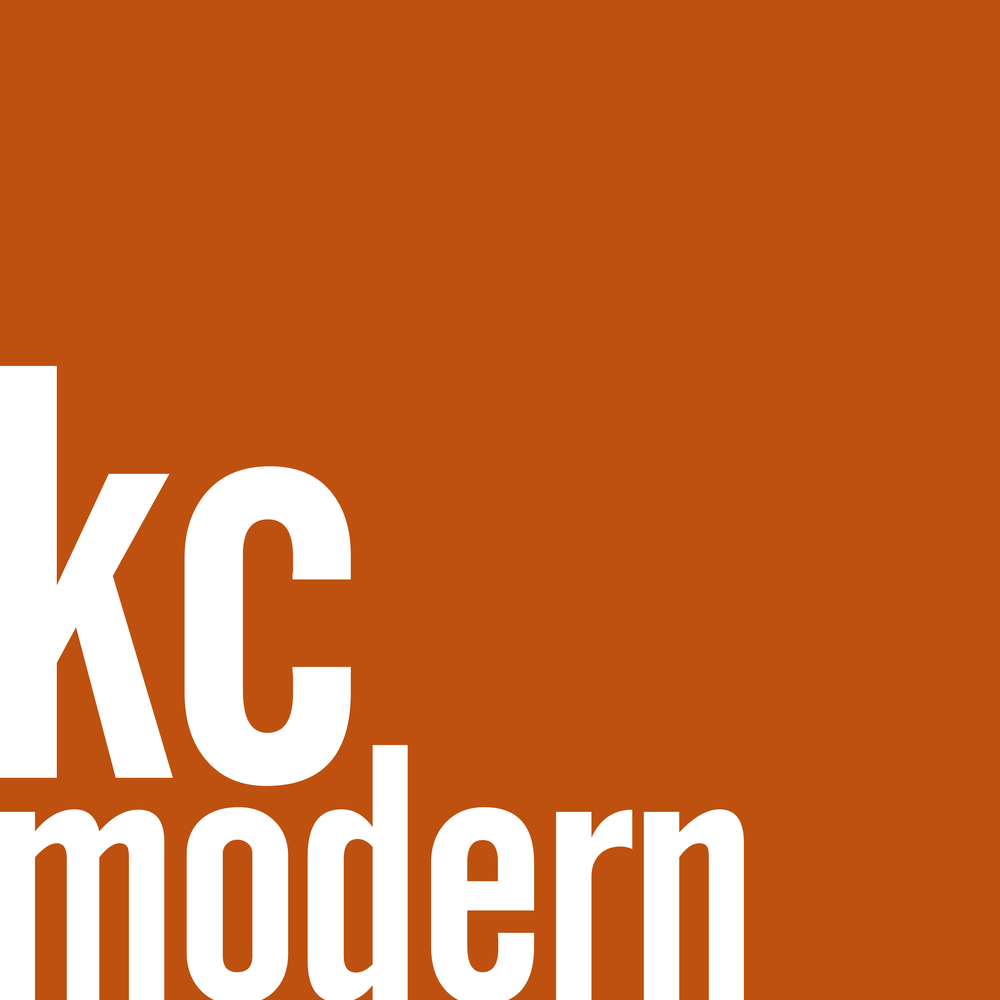

Another competition entry was put together by
Rapson and
Runnells in 1939 for a "Cave House." This foray into the earth sheltered or earth contact genre may have been 35 years ahead of its time. It wasn't until the mid-1970's that the idea of a passive solar, earth sheltered design would come into the mainstream
consciousness.
The design also featured a modular, self contained service unit, holding the homes heating, water heating and bathroom functions all in one factory made unit. An improved version of this service unit idea would continue on with another
Rapson-
Runnells partnership called the Fabric House.

It is clear that the plan of this house was also heavily influenced by Finnish Architect,
Alvar Aalto. This would be expected of students in the studio of Finnish immigrants,
Eliel and
Eero Saarinen, but we also know that
Runnells was recently back from Scandinavia. Both
Runnells and
Rapson were known to be found of the work of
Aalto, especially his furniture.
Special thanks to Ralph's son, Toby Rapson and Grandson, Lane Rapson of
Rapson Architects for giving us permission to use these images.
For more images like these read,
Ralph Rapson: Sixty Years of Modern Design by KCMODERN friend, Jane King Hession.
 As I recall in 2007, Robert McLaughlin and I met with David Runnels daughter, Jill. We collected her remembrances in an oral history. She placed in our safekeeping numerous items including plans, drawings, etc. and also numerous photograhic slides. These pics are from about 1953 to 55(?), taken by Runnels of the homes built by Don Drummond. The design was published in House Beautiful, Life magazine and numerous design books and trade publications. There were 14 of these Revere Homes built by Drummond(featuring copper plumbing, guttering and flashings, insulation, etc. Don't forget your Mom's Revere Ware!) One was found to be built near Nall and in Lawrence by a different builder, we heard was from Topeka. There could be more of these gems scattered elsewhere...
As I recall in 2007, Robert McLaughlin and I met with David Runnels daughter, Jill. We collected her remembrances in an oral history. She placed in our safekeeping numerous items including plans, drawings, etc. and also numerous photograhic slides. These pics are from about 1953 to 55(?), taken by Runnels of the homes built by Don Drummond. The design was published in House Beautiful, Life magazine and numerous design books and trade publications. There were 14 of these Revere Homes built by Drummond(featuring copper plumbing, guttering and flashings, insulation, etc. Don't forget your Mom's Revere Ware!) One was found to be built near Nall and in Lawrence by a different builder, we heard was from Topeka. There could be more of these gems scattered elsewhere... The above shot is of Jerad (Studio/Build)and Jessica Foster's house when new. The houses were originally stained with the trim painted various colors as seen in these photos. To enlarge, click on image.
The above shot is of Jerad (Studio/Build)and Jessica Foster's house when new. The houses were originally stained with the trim painted various colors as seen in these photos. To enlarge, click on image. In the above photo is an interesting effect by Runnels, bringing the balcony screen down to the ground. Large windows bring in fresh air and cross breezes prior to air conditioning...Below: Rear photos from a then untamed Brush Creek.
In the above photo is an interesting effect by Runnels, bringing the balcony screen down to the ground. Large windows bring in fresh air and cross breezes prior to air conditioning...Below: Rear photos from a then untamed Brush Creek.



 Great neighborhood pictures, I love the cars, Desotos and Studebakers. Not many trees in the Skyscape of PV back then Don provided an ample landscaping allowance as seen here...interesting to see the houses to the north on Tomahawk (all painted white) and see the contrast to these "sports-car" houses. I'll get more of these on the site soon. To see more of David Runnels see the tabs to the right...
Great neighborhood pictures, I love the cars, Desotos and Studebakers. Not many trees in the Skyscape of PV back then Don provided an ample landscaping allowance as seen here...interesting to see the houses to the north on Tomahawk (all painted white) and see the contrast to these "sports-car" houses. I'll get more of these on the site soon. To see more of David Runnels see the tabs to the right...














 Not much is known about this
Not much is known about this 




























 Name: Revere Home
Name: Revere Home











 About a month ago I received a box of papers and a couple of portfolios from David
About a month ago I received a box of papers and a couple of portfolios from David 







 Another competition entry was put together by
Another competition entry was put together by  It is clear that the plan of this house was also heavily influenced by Finnish Architect,
It is clear that the plan of this house was also heavily influenced by Finnish Architect, 


